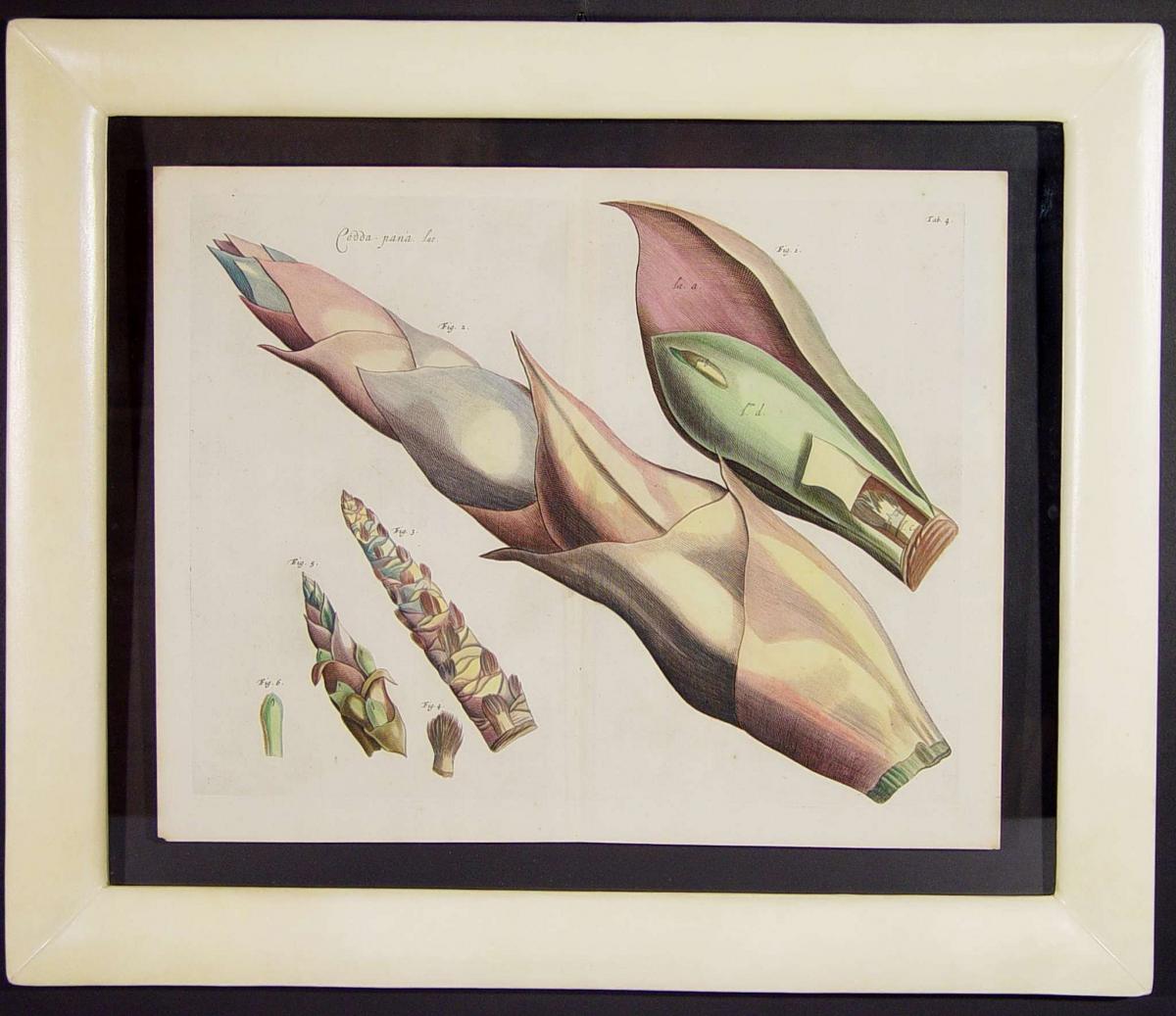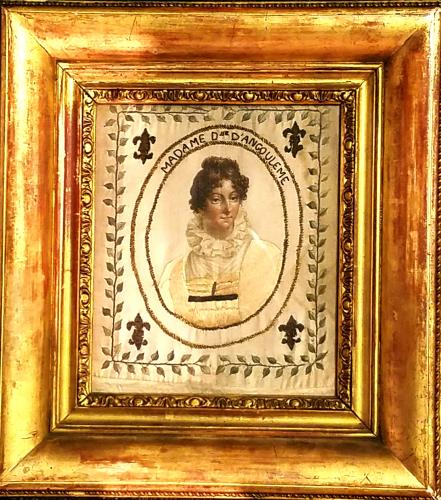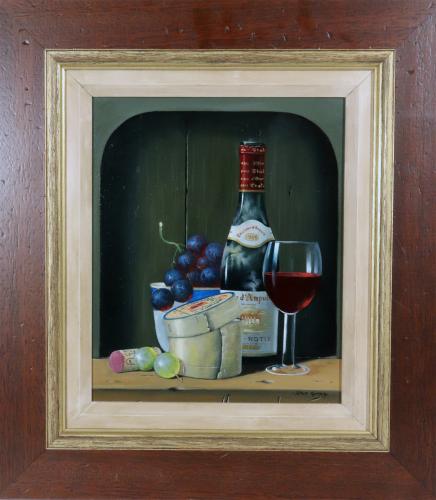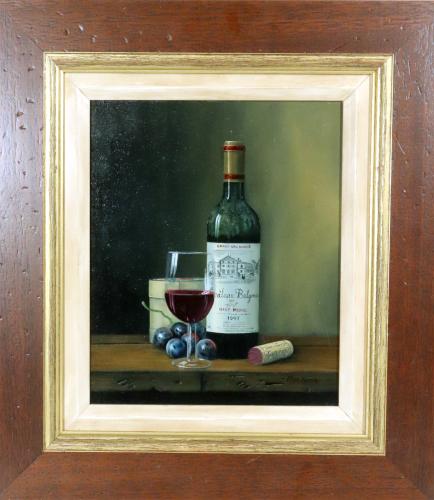

Price on application
This object is eligible for a Certificate of BADA Provenance
The BADA Standard
- Since 1918, BADA has been the leading association for the antiques and fine art trade
- Members are elected for their knowledge, integrity and quality of stock
- Our clients are protected by BADA’s code of conduct
- Our dealers’ membership is reviewed and renewed annually
- Bada.org is a non-profit site: clients deal directly with members and they pay no hidden fees
Dutch Botanical Engraving from Hortus Indicus Malabaricus by Rheede Tot Draakestein.
Circa 1678-93.
Marks: PvL counter mark PVL by the Dutch papermaker Pieter van der Ley in use from 1675.
The engravings are sandwiched between two sheets of glass and are framed within an ivory resin frame.
Rheede was governor of the Dutch colony of Malabar on the south-west coast of India from 1669 to 1676 and from 1684 the chief representative of the Dutch East India Company in India.
When not occupied by official duties Rheede was an enthusiastic botanist and investigator of Indian sub-tropical flora. He complied this work with the help of several Dutch officials, an Italian Catholic missionary Father Mattheus à St. Joseph who did many of the drawings) ,a Protestant missionary, native doctors and princes.
The engravings were done by B. Stoopendael. Once completed, the works were sent back to Holland where the botanists Jan Commelin and Arnold Steyn added notes and published the works between 1678 - 1693.
The Hortus Indicus is the first comprehensive work of the flora of the East Indies containing illustrations of a great number of tropical and sub-tropical plants and fruits classified in Latin, Sanskrit, Arabic and Malayam.
One of a kind, it was, and still is, considered a major reference of work for botanists and herbalists studying the flora of South Asia. (http://en.wikipedia.org/wiki/Hortus_Malabaricus).
Hortus Malabaricus (meaning "Garden of Malabar") is a comprehensive treatise that deals with the medicenal properties of the flora in the Indian state of Kerala. Originally written in Latin, it was compiled over a period of nearly 30 years and published from Amsterdam during 1678-1693.[1]
The book was concieved by Hendrik van Rheede, who was the Governor of Dutch Malabar at the time. The book has been translated into English and Malayalam by Dr. K. S. Manilal.[2][3]
Van Rheede is said to have taken a keen personal interest in the compilation of the Hortus Malabaricus. The work was edited by a team of nearly a hundred including physicians [such as Ranga Bhat, Vinayaka Pandit Appu Bhat and Itti Achuden], professors of medicine and botany, amateur botanists (such as Arnold Seyn, Theodore Jansson of Almeloveen, Paul Hermann, Johannes Munnicks, Joannes Commelinus, Abraham a Poot) and technichians, illustrators and engravers, together with the collaboration of company officials, clergymen (D. John Caesarius and the Discalced Carmelite Mathaeus of St. Joseph's Monastery at Varapuzha).
Van Rheede was also assisted by the King of Cochin and the ruling Zamorin of Calicut. Prominent among the Indian contributors were three Gouda Saraswat Brahmins (physicians) named Ranga Bhat, Vinayaka Pandit, Appu Bhat and the Malaysian physician Itti Achuden,[4] who was a Thiyya Vaidyan (ayrvedic doctor) of the Mouton Coast of Malabar.
The ethnomedical original information in the work was provided by these three working on it for two continuous years morning and evening as certified by them. Their certificate to this effect is given in the first volume of the book.
A page from the Preface to the book in which names of Carmelite Father Joannis Matthaei, the Brahmin physicians Ranga Bhat, Vinayaka Pandit, and Appu Bhat and the Ayurveda vaiya Itti Achuthan can be seen. Father Joannis Matthaei wrote another introduction to this twelve volume Botanical Encyclopedia.
The comprehensive nature of the book is noted by Whitehouse in his Historical Notices of Cochin:
All the country around was diligently searched by the natives best acquainted with the habitats of plants; and fresh specimens were brought to Cochin where the Carmelite Mathaeus sketched them, with such striking accuracy, that there was no difficulty in identifying each particular species when you see his drawings.
Names of each species is written in Malayalam as well as Konkani (Then known as Brahmananchi Bhas). A description of each plant was written in Malayalam and thence translated into Portuguese.
Dimensions
21 1/2 inches high x 25 1/2 inches wide (54.61 cm x 64.77cm)Stock number
NY07051DThe BADA Standard
- Since 1918, BADA has been the leading association for the antiques and fine art trade
- Members are elected for their knowledge, integrity and quality of stock
- Our clients are protected by BADA’s code of conduct
- Our dealers’ membership is reviewed and renewed annually
- Bada.org is a non-profit site: clients deal directly with members and they pay no hidden fees




